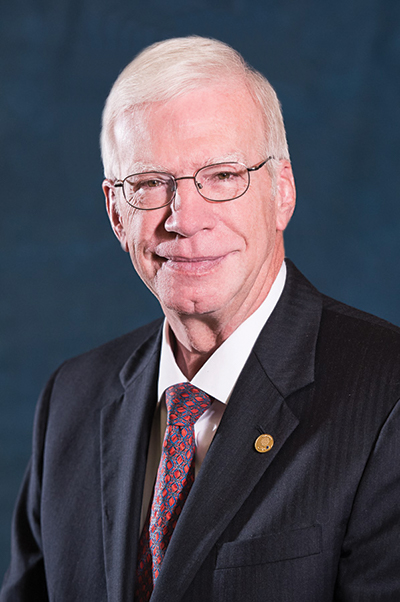R. Bruce Williams, MD
May 2019—The CAP Center for Pathology and Laboratory Quality for Evidence-Based Guidelines has partnered or collaborated with more than 20 societies to produce 15 published laboratory practice guidelines—with 10 more underway. The Center is one of the best things we do and one of the things we do best.
One thing about the CAP: We make no small plans. It was that way when we decided to inspect and then accredit laboratories. It was that way when we decided to hold an independent annual meeting. And it was that way when the CAP Center had its first official guidelines published in Archives of Pathology & Laboratory Medicine.

R. Bruce Williams, MD
First, some history. Daniel Hayes, MD, who was responsible for American Society of Clinical Oncology breast cancer initiatives, in 2005 asked M. Elizabeth Hammond, MD, who then chaired our Council on Education, if she thought the CAP might consider a joint project to write guidelines for the use of HER2 testing in breast cancer. She did, and we learned a lot from ASCO when creating those guidelines and those for ER/PR testing that soon followed. This got some of us thinking about the need for more evidence-based guidelines and our place in developing them. In 2008, Dr. Hammond was asked to take the lead in exploring what would become the Center.
The idea was to build a home within the CAP where we could collaborate with other specialists to research the best evidence available about emerging medical science and write clear, concrete practice guidelines. Through the Center, we would invite and examine comment from pathologists and other specialists and write iterative drafts. The outcome would be readily accessible guidelines offering evidence-based content on topics tied to cutting-edge medical science that would be useful to patient care. As I said, no small plans.
There were a lot of concerns. Some members thought the whole idea was outside our wheelhouse. This is something new and different that we’ve never done before, they said. It will take too much time. It will cost too much money. How can we know that it will be worthwhile, that we have the expertise within the CAP, that we can count on help from the other medical groups?
So we did what we do when we see an opportunity to support our patients and the best interests of pathology at once. We circled back to the question: If we don’t do it, who will? And we realized we could indeed find the time, money, and expertise to do it right.
The CAP Center took off with Dr. Hammond as chair, and its first guidelines were published in 2012. It’s been seven years now and our collaborations with ASCO and more than 20 other specialty groups have had substantial benefits. We’ve gained insights into clinical practice, the specialty groups have seen the value of analytic practices in the laboratory, and we’re all still learning.
 CAP TODAY Pathology/Laboratory Medicine/Laboratory Management
CAP TODAY Pathology/Laboratory Medicine/Laboratory Management
